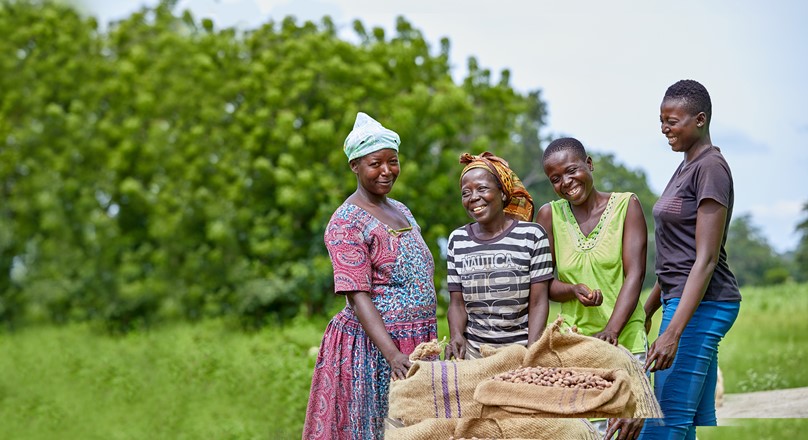
5 Reasons to Be Hopeful About the Climate Crisis
Despite positive action from so many people around the world, sometimes the environmental challenges we face can be so overwhelming, we just want to look away!
But there is still hope to be found. We are highlighting all the amazing initiatives being taken by communities in climate-sensitive regions. Together, we are combatting the climate crisis, increasing biodiversity, protecting ecosystems and transforming lives through the power of trees.
So how do we stay positive in the face of the climate and biodiversity crisis? Join us as we take a look at 5 reasons to be hopeful:
- Nature is resilient
- Nature-based solutions help people and the planet
- Encouraging resilience in the face of climate challenges
- People are coming together
- Tackling the climate crisis helps advance women’s rights
1. Nature is resilient

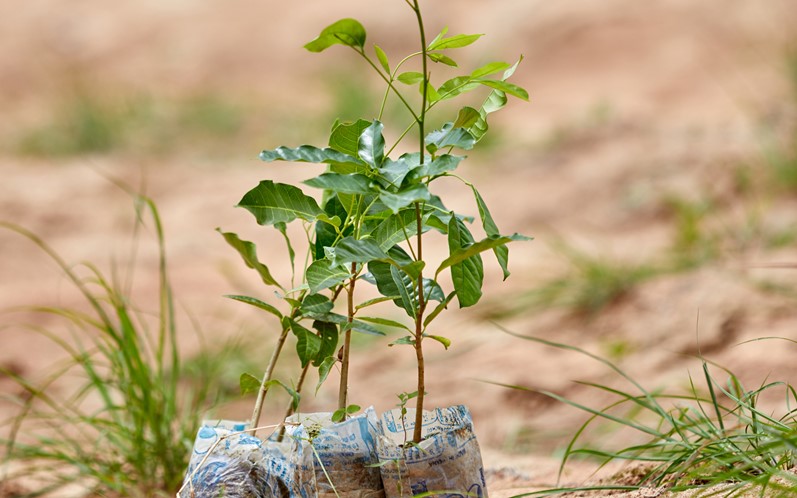
Urgent action is needed to protect the environment, and our work with communities has proved that nature can bounce back even in the most unlikely conditions. In the Sahel for example, the effects of climate change have led to a loss of soil fertility – a key ingredient needed for people to grow enough food to eat or sell at markets.
How can we help? By working in partnership with communities to share knowledge, tools and training, they can encourage and enable nature to bounce back. From planting drought-resistant trees to using agroforestry techniques, we ensure that both people and nature can thrive alongside each other.
2. Nature-based solutions help people and the planet
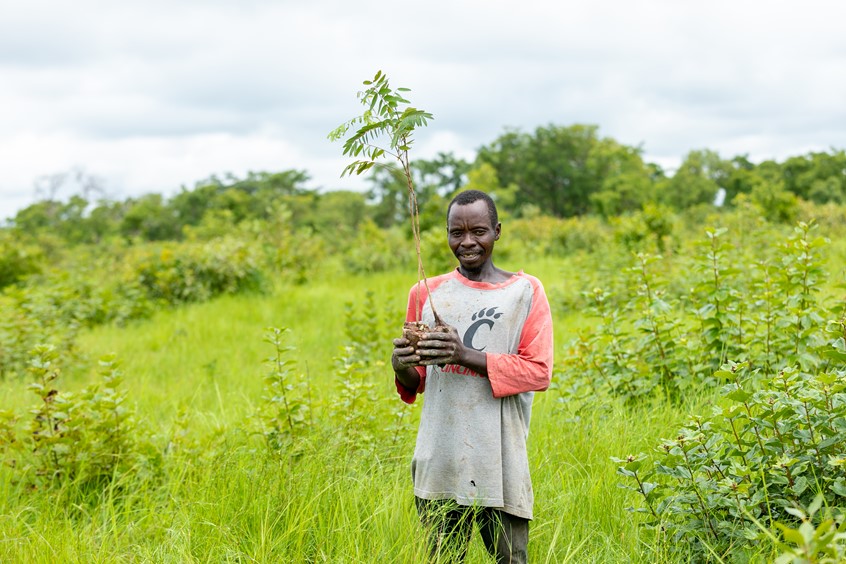
Working with nature to find solutions is a win-win strategy that helps improve people’s lives and the environment at the same time. So, what techniques do we use? Zai pits are one way we help nature. These are holes that are dug and later filled with compost, helping to conserve water and nutrients in the soil. When the first rains arrive, tree seedlings are planted in the Zai pits, increasing their chance of survival. This is just one way that we work with nature, increasing the fertility of the soil and proving that it can rebound if we give it a chance.
Read more about Zai pits and the man who invented them here!
3. Growing resilience in the face of climate challenges
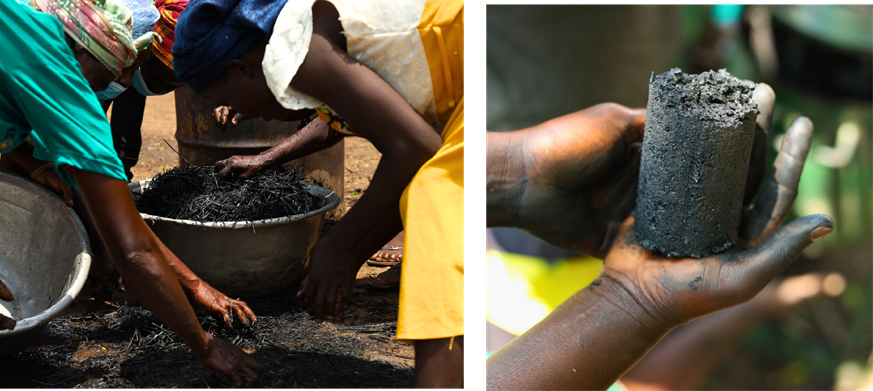
For communities living along the frontlines of the climate emergency, building resilience to climate shocks is key. One amazing example is an innovation being used by communities to tackle the risk of wildfires: grass briquettes!
These briquettes made from dried grass, which is collected from around the base of trees. The grass is then pressed and charred and mixed with other ingredients, before it is turned into safe and sustainable alternative cooking fuel. This means trees are protected from both wildfire and from being cut down for firewood at the same time!
This is just one example of the incredible innovations communities are using to help them adapt and grow resilience to climate change.
4. People are coming together to rise to the challenge
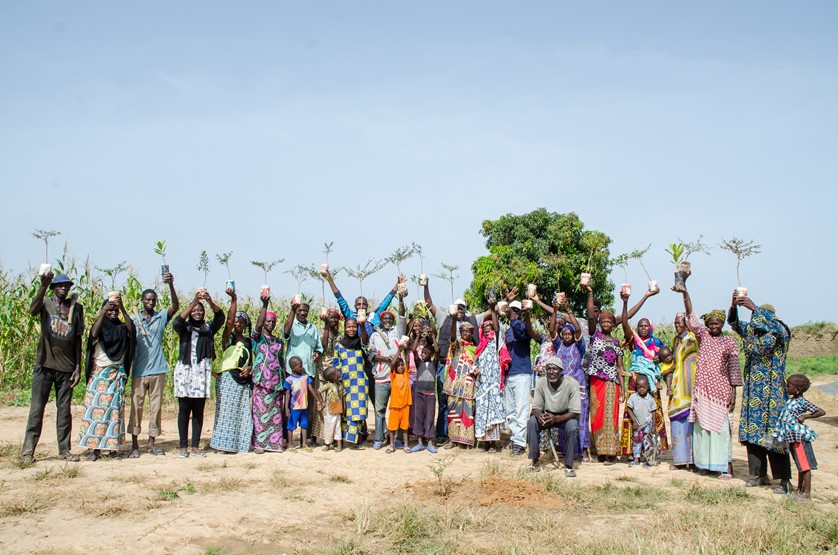
The global scale of the crisis means that finding solutions requires international effort. And across Africa, the Great Green Wall is an amazing example of the way communities, governments and experts are coming together to help combat the effects of the crisis on people’s land and lives. This African-led initiative aims to restore 100 million hectares of land across the width of Africa. Growing the trees will help tackle many needs at once: protecting land, increasing biodiversity, growing nutritious foods and providing jobs.
Huge restoration projects like these wouldn’t be possible without collaboration, helping to bring people together to tackle the most urgent issue of our time. Trees are one of the best ways to support environmental sustainability and so far, Tree Aid has planted over 30 million of them as part of the Great Green Wall.
5. Tackling the climate crisis helps advance women's rights
Our locally-led projects put women's empowerment at their core. In the Sahel region, gender discrimination is embodied in laws and traditions that prevent women from accessing land. For women who rely on trees for survival, this is a huge barrier to their ability to earn a living and eat nutritious food.
How do we help? We support women by helping them access land, setting up cooperatives and by providing a broad education in everything from beekeeping, water and soil conservation to land rights. This way of working is advancing women’s rights in Africa’s drylands, providing sustainable incomes from non-timber products and helping local forests thrive.
So, whilst the environmental challenges are huge, our projects have proved that there is hope! Adopting an approach that works with nature, encourages equality and collaboration, and uses the latest innovations, helps people and nature build resilience in the face of the climate crisis.
